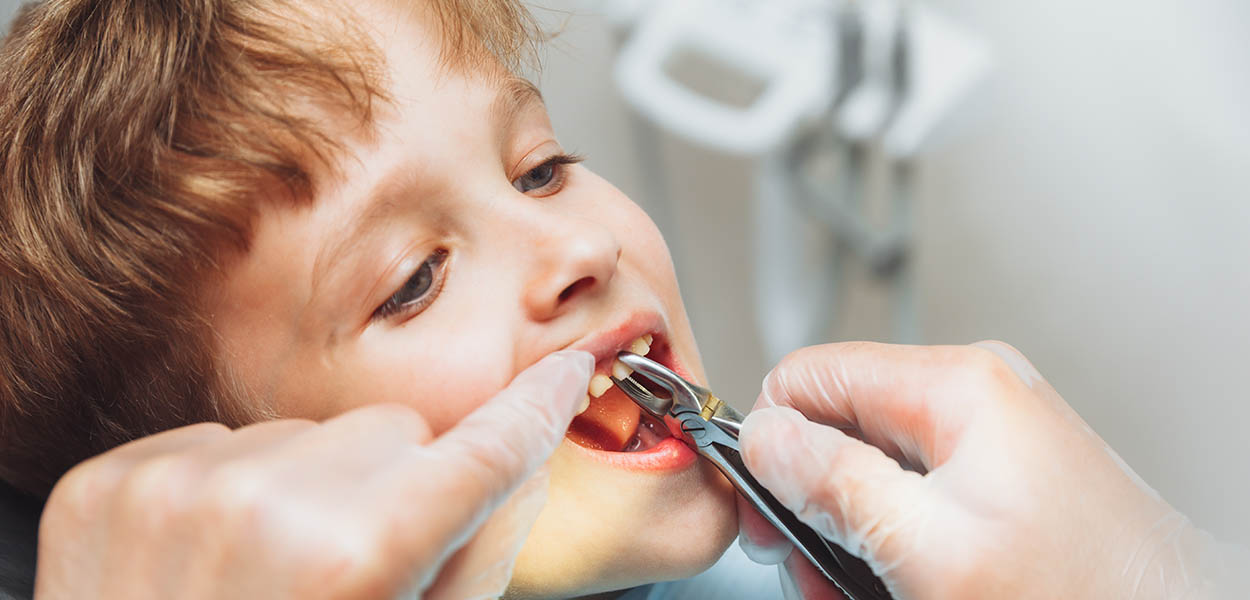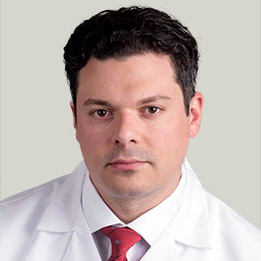Does Extraction Help Eruption?

Wilmette – Kenilworth, IL – To extract or not to extract – that is often a question asked of orthodontists and dental experts as children are growing. Can extracting otherwise healthy baby teeth have a positive impact on the eruption of permanent teeth? Dr. Michael Stosich always says look to the science.
One of the teeth these experts often look to is the canine. For patients who may have a palatally displaced permanent canine, could extraction of the primary tooth assist in its eruption? One examination of several studies of this sought to determine just that.
First, let’s examine what a palatally displaced canine is. By definition, palatal displacement means that the permanent tooth is not impacted or unable to erupt naturally, but its path to eruption is deflected. The canine is one of the most common teeth to become displaced.
One of the most common ways thought to help ensure the proper eruption of the permanent canine is to extract the primary canine. This is because traditional thought is that if the proper space is created, the permanent tooth will erupt normally. This treatment became popular starting in 1988 after a landmark orthodontic paper was published (Sune Ericson, Juri Kurol, 1988).
This study, however, did not include a control group, so the findings have been called into question. Because of this, Cochrane Database of Systemic Reviews did a review of studies that dealt with the intervention of palatally displaced permanent canine teeth in children ages 9-14.
This Cochrane review aimed to:
“Assess the efficacy, safety, and cost-effectiveness of any interceptive measure to promote the eruption of a PDC compared to no treatment or other interceptive procedures in people ages 9 to 14 years old.”
Analyzing controlled studies, the review team sought to determine if the extraction of PDC worked. Without the extraction of the primary canine, 13.6% of PDCs erupted on their own. When the primary canine was extracted, 39.1% of the PDCs erupted. This is a difference of 25%.
So, when considering whether to have a child’s primary canines extracted to allow for a displaced canine to erupt, it is important to note that success is not guaranteed. Dental experts and orthodontists should explain the possible benefits, but also be honest about the possibility that it may not be successful. This will allow patients and their parents to make the best decision for their children.
When it comes to your child’s smile and ensuring the best possible outcome, it is crucial to ensure your child is being treated by a well-trained and skilled orthodontist. Stosich Consulting is led by Dr. Michael Stosich, a board-certified orthodontist. Pairing his knowledge and skill with compassion and outstanding patient care ensures every patient who is treated by Dr. Stosich will receive the care best designed to treat his or her individual needs.
Dr. Stosich has dedicated his life to providing the best in orthodontic care, and this does involve recommending extractions when he believes it will allow for the best outcome. Dr. Stosich is driven by the science behind the smile, and his treatment plans are always guided by meticulous research and careful planning.
If your child has a palatally displaced canine or another potential orthodontic issue, Dr. Stosich can provide the right care to ensure the most ideal smile. Call Stosich Consulting today at 847-548-4200 (Grayslake) or 224-408-2200 (Wilmette).


